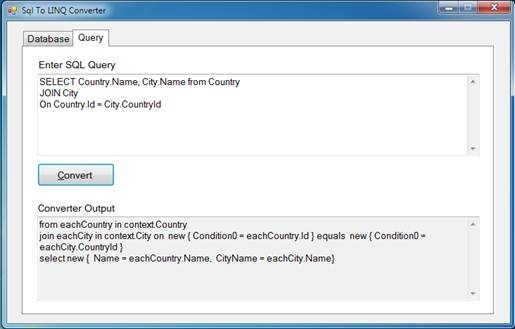Windows Phone 7.5 “Mango” is just out of the door, smoothly going to users’ phones. So, if you or your friends haven’t started to look at Windows Phone, this is great timing.
Today I’m excited to announce new guidance based on migration samples and a SQLite to SQL Server Compact database conversion tool. We hope that these new items combined with our previous extensive guides (for Android, iPhone, and Symbian Qt) will accelerate your ramp up time and improve your experience in porting apps to Windows Phone from iPhone and Android. Read below to see what we’ve got for you.
Learn by example, from what you know
First we have built a series of samples to aid you in the process of migrating your iPhone & Android applications over to Windows Phone by providing a look at the differences and similarities of each platform. Through analysis, you’ll see how to implement the same functionality on Windows Phone as you have within your iPhone and Android application. We’ve started with 3 samples:
- In-App Advertisements
- Geo-Location
- Group Messaging
- The content is available here for Android, and here for iPhone
And for each sample, you’ll find the source code on Android/iPhone, the Windows Phone ported version and the porting notes. And since we had a little bit of extra time, we added a bonus track for Android developers, with a “10 simple tasks: tips & tricks” article, where we explain how common simple tasks performed during Android development can be done when doing Windows Phone development.
Finally, we also included a sample “Notification Service”, which shows how to build a multiplatform push-notification services supporting the different providers used by Android, iPhone and Windows Phone. Documentation is available here and sample code is here.
SQLite to SQL Server Compact database conversion tool
Windows Phone 7.5 “Mango” includes relational database support by way of Microsoft SQL Server Compact (SQLCE). So we thought it might be handy to create a tool to aid developers in getting their database (data, schemas and views) ported over to Windows Phone without too much trouble. Differences in data types between various database platforms can make the manual migration of your data a daunting task. SQLite2SQLCE is a tool developed to make the conversion process simple by converting a SQLite database into SQLCE while simultaneously creating the default classes needed to incorporate the new database into your Windows Phone application.
With the database conversion tool, we’ve also included a nifty tool designed to aid developers in converting their SQL queries to LINQ while simultaneously helping them to learn the new query language. LINQ (Language-Integrated Query) is a native data querying toolset integrated into the .NET Framework and use on Windows Phone.
Documentation and a simple migration sample are available here. And by the way, the source code of these utilities is available on CodePlex.
Updated API Mapping tool
The API Mapping tool has been expanded: it now covers a few more features like sensors (Camera, Compass & Gyro), multitasking (notification, app switching & background agents) , data access (SQL, file access), launchers/choosers.
The API Mapping tool is available here: http://wp7mapping.interoperabilitybridges.com/
Porting apps to Windows Phone: we’re here to help!
Finally, once you’ve be through all our “Porting” guidance, I recommend that you follow at your own pace the “Window Phone Mango Jump Start” online video training.
We encourage developers to leave comments and questions on any article. We are watching and we are open to feedback. If you see something missing or want to suggest new API mapping or porting topic to include just go to http://wp7mapping.uservoice.com.
Jean-Christophe Cimetiere-@jccim
[Cross posted on the Interoperability@Microsoft blog]


